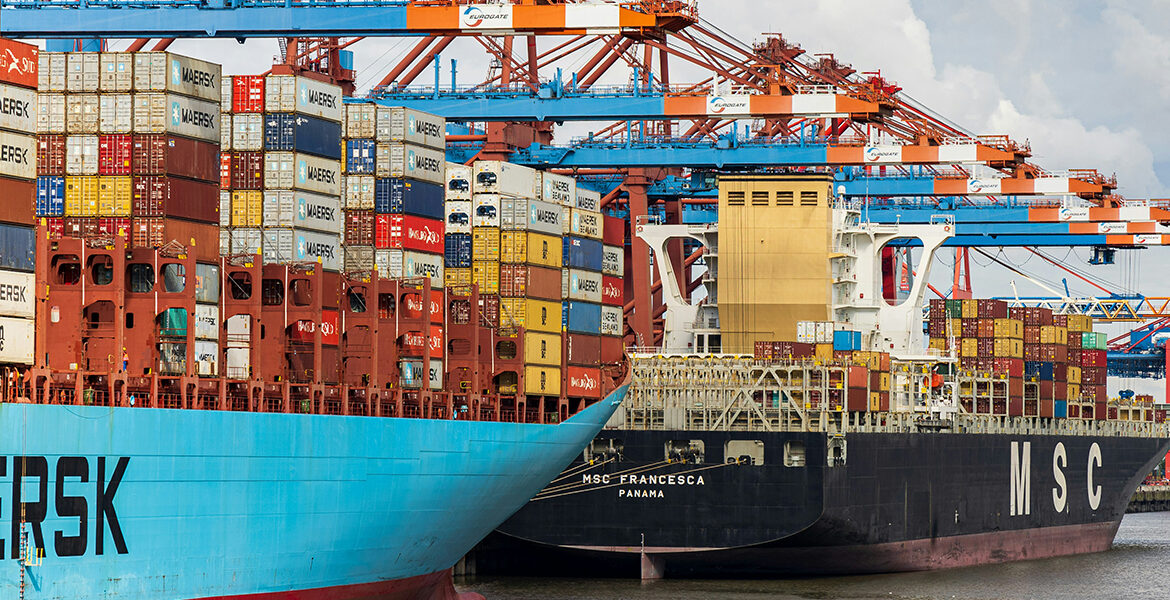Efficiency is paramount in the realm of international trade, and every decision made along the supply chain can significantly impact overall effectiveness. When it comes to importing coconut charcoal, the strategic use of pallets is a critical consideration. Let’s delve into the complexities surrounding pallet usage in coconut charcoal imports and explore how finding the right balance can enhance efficiency.
Loading and Unloading Efficiency with Pallets
One undeniable advantage of utilizing pallets in coconut charcoal imports is the ease of loading and unloading. When pallets are used, the process becomes significantly more streamlined and efficient. Instead of manually stacking individual bags or boxes of charcoal, palletized shipments can be loaded onto forklifts or pallet jacks with ease. This not only saves time but also reduces the physical strain on workers, leading to a more efficient and safer loading process.
Similarly, upon arrival at the destination, the unloading process is expedited with pallets. Forklifts or pallet jacks can swiftly remove palletized shipments from containers, minimizing handling time and reducing the risk of damage to the cargo. This efficiency is particularly beneficial in busy ports or warehouses where quick turnaround times are essential.
While the use of pallets may slightly decrease cargo capacity within containers, the enhanced loading and unloading efficiency they provide can offset this limitation. Importers must carefully weigh the trade-offs between maximizing cargo capacity and optimizing operational efficiency to determine the most suitable approach for their specific needs.
Navigating the Pallet Dilemma
To grasp the implications of pallet usage, it’s vital to understand container capacity constraints. A standard 20-foot container can typically accommodate up to 17.5 tons of coconut charcoal when stacked directly, but this capacity decreases to 14 tons when pallets are utilized. Similarly, a 40-foot container can hold up to 26 tons of charcoal without pallets, but this capacity reduces to 22 tons with pallets.
While pallets offer stability and ease of handling, their use in coconut charcoal imports presents a unique challenge. Although pallets provide stability, they also occupy valuable space within containers, potentially diminishing cargo capacity and increasing shipping costs.
Navigating the Pallet Dilemma
To grasp the implications of pallet usage, it’s vital to understand container capacity constraints. A standard 20-foot container can typically accommodate up to 17.5 tons of coconut charcoal when stacked directly, but this capacity decreases to 14 tons when pallets are utilized. Similarly, a 40-foot container can hold up to 26 tons of charcoal without pallets, but this capacity reduces to 22 tons with pallets.
While pallets offer stability and ease of handling, their use in coconut charcoal imports presents a unique challenge. Although pallets provide stability, they also occupy valuable space within containers, potentially diminishing cargo capacity and increasing shipping costs.
Ensuring Stability and Security
While pallets offer stability during transit, loading charcoal directly into containers can also provide sufficient stability when properly secured. Eliminating pallets reduces the risk of shifting or movement during transit, ensuring the safe delivery of cargo to its destination.
Optimizing Profit: The Pallet-Free Approach
By forgoing pallets, importers can unlock the full potential of container space, facilitating the shipment of greater quantities of coconut charcoal in each consignment. This strategy is particularly beneficial for businesses seeking to enhance cost-effectiveness and minimize shipping expenses.
Addressing Regulatory Requirements and Additional Services
Despite the benefits of a pallet-free approach, regulatory requirements in certain countries may necessitate the use of pallets.
At our company, we understand the importance of regulatory compliance and offer customized solutions to meet your needs. If pallets are required to satisfy regulatory standards in your country, we can accommodate your request. Additionally, we provide thermal blankets for customers seeking additional protection for their cargo against temperature fluctuations during transit.
Unveiling the Expense of Pallet Services
In addition, while pallet usage incurs an approximate cost of around 22 dollars per shipment, we understand the importance of supporting our customers. As our valued partner, we are pleased to offer to cover this cost for you. Our commitment to exceptional service extends to alleviating financial burdens and ensuring a seamless import experience. Your satisfaction is our priority, and we strive to provide solutions that meet your needs efficiently and effectively.
Conclusion: Finding Balance
In international trade, balancing efficiency, regulatory compliance, and cost-effectiveness is key. While a pallet-free approach optimizes efficiency, regulatory needs or customer preferences may necessitate pallet usage. Rest assured, we provide tailored solutions to ensure seamless coconut charcoal imports, meeting both regulatory requirements and customer needs.
Credit
Photo by Justus Menke on Unsplash



